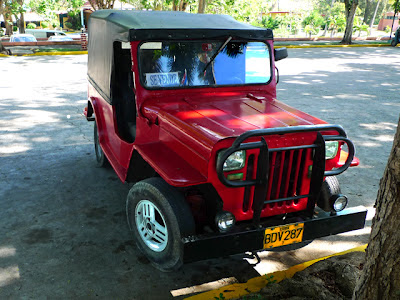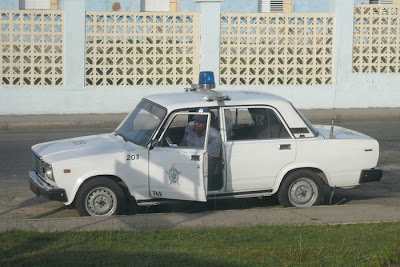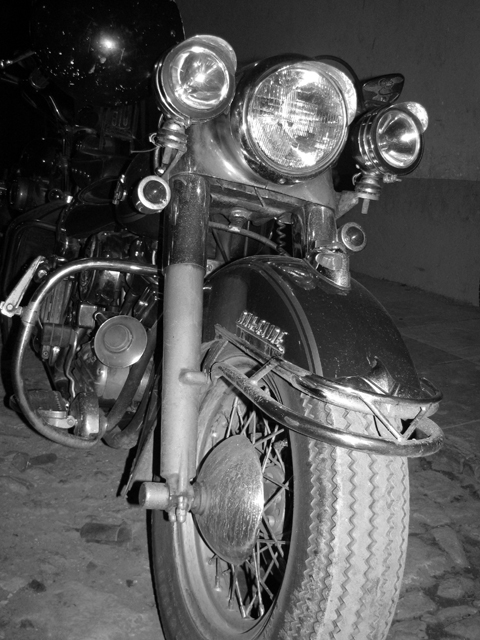From Russia, Unloved
Unscheduled pit stop for Moskvich 1500 (sold in home market as 2138/2140). The Lada and Moskvich look so squarely similar, it's easy to confuse them. (Hints: The Moskvich has a vent plate on its rear fender while the Lada wears its vent on the C-pillar; the Moskvich has small but sharply defined rear fins.) Yet while the Lada is prized in Cuba for its longevity and ease of repair, the Moskvich is held in much lower regard. "The Moskvich has the most beautiful engine in the world," goes the Cuban joke. "Everywhere you see people stopping and opening the hood, just to look at it." Moskvich 1500 and an export model 1955 DeSoto Diplomat.


